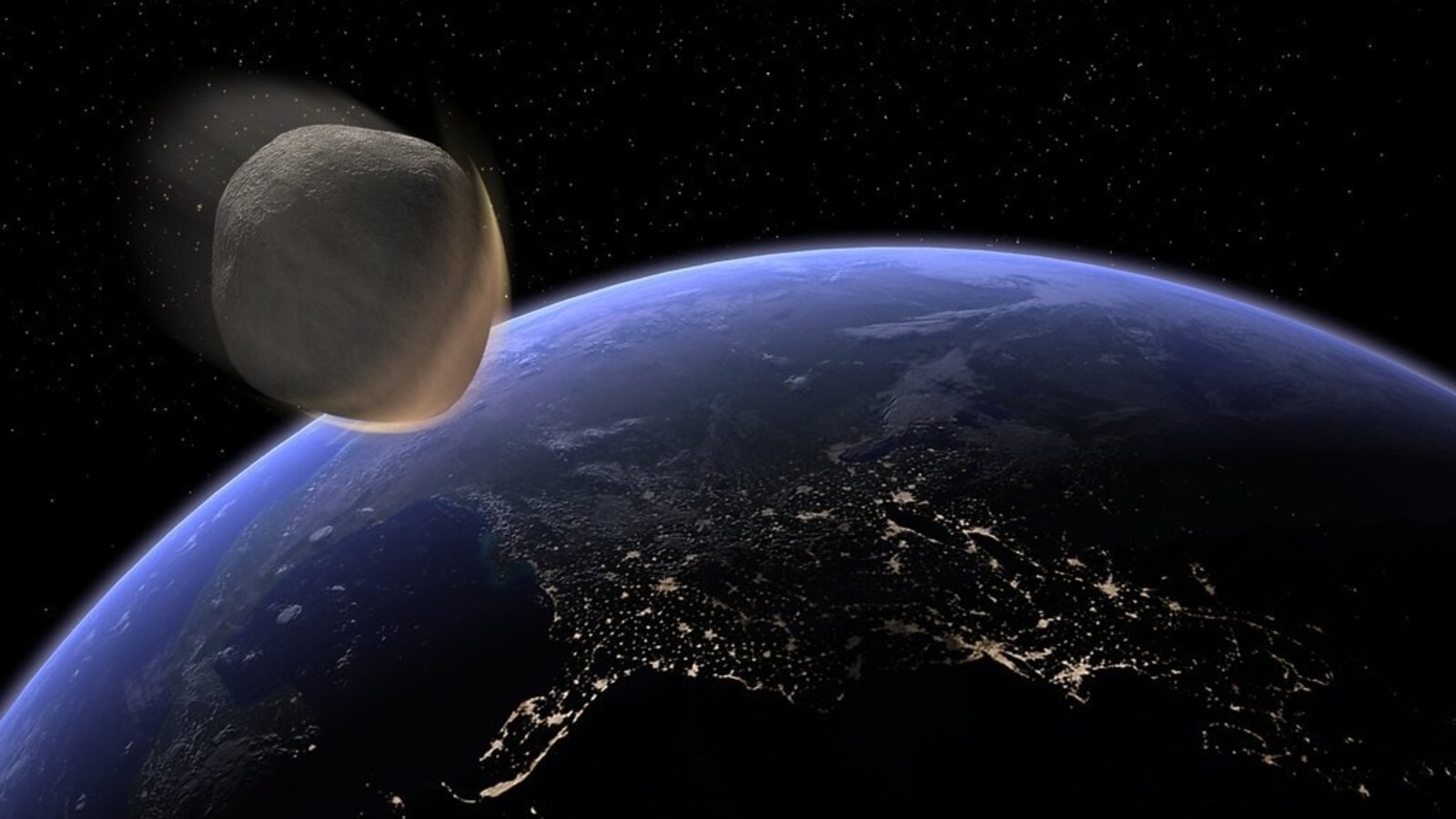Asteroid 2018 ER1 is heading at an insane speed towards Earth. Should you worry? NASA tells.
Asteroids can be lethal to Earth! Just ask the dinosaurs! Well, they are extinct, courtesy a massive asteroid and the same fate can be ours too. The earlier experiences with asteroids that have crashed on Earth showed the potential of destruction of these space rocks. And that’s why NASA has conducted the Double Asteroid Redirection Test (DART) mission as a planetary defense test against near-Earth objects, including asteroids. But the work is half done yet! NASA and other agencies will study the DART data over the next couple of weeks to understand the details of the asteroid deflection.
Meanwhile, NASA is keeping us updated about the potentially hazardous asteroid that pose a great risk to the Earth and humankind. And today, another giant space rock is hurtling towards Earth at a massive speed. Should you be worried? Know everything here.
Asteroid 2018 ER1 zooming towards Earth
NASA’s Asteroid Watch Dashboard has confirmed that an asteroid named 2018 ER1, which measures 84-foot in diameter will pass horrifically close to the Earth. As per NASA’s JPL data, it will come as close to Earth as 3.51 million miles today. It is moving at a massive speed of 14495 kmph, CNEOS data confirmed. Does this asteroid pose a danger to Earth?
To know the danger, NASA constantly tracks all the near-Earth objects that will make relatively close approaches to Earth. According to the set criteria, any asteroid that approaches within 4.6 million miles to Earth and has a size larger than about 150 meters is termed a potentially hazardous object. Hence, because of its close proximity, the asteroid falls under the category of “potentially hazardous objects”.
However, the distance between the coming asteroid and Earth is still way too far, but there is always a danger that something may cause it to deviate from its orbit and may make it head straight for Earth.
Tech tracking the danger of asteroids
Some of the best technologies of NASA have been deployed to ensure a constant watch on these dangerous asteroids near the Earth. While using optical and radio telescopes, NASA determines the size, shape, rotation, and physical composition of these asteroids.
“Some of the most detailed characterization data is obtained for NEOs that approach Earth close enough to be observed with planetary radar, performed by radio telescopes at NASA’s Deep Space Network and the National Science Foundation’s Arecibo Observatory in Puerto Rico,” NASA said.
-Travo News
for More
Like and Subscribe


